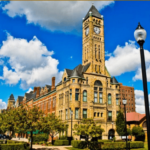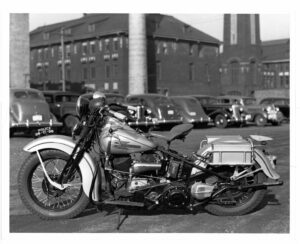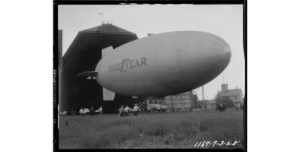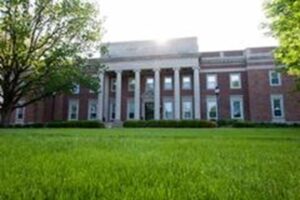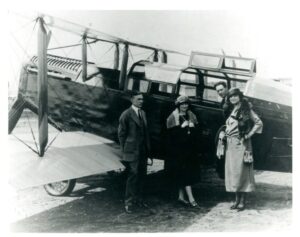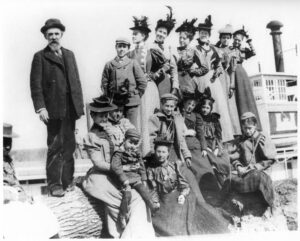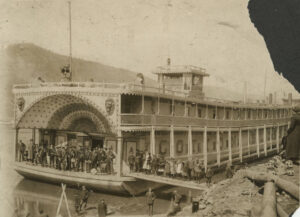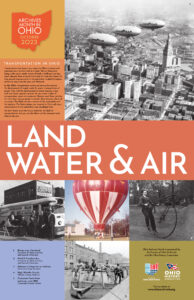by George Bain and Connie Conner, Advocacy and Outreach Committee members.
The National History Day program was born in 1974, 50 years ago this year, as a modest venture in the area of Cleveland, Ohio under the direction of Case Western Reserve University History Professor David Van Tassel. But it was a dream that began to expand across the state and then over several years into other states and then became national in scope. Also known widely by its initials as well, NHD is an admirable educational entity that deserves recognition for stimulating the study of history. But why, as it celebrates its Golden Anniversary, is it of direct importance to the archival community?
Ohio History Day provides archivists the opportunity to help students learn to do research. Participants in the program share that winning is fun, but the process of learning and sharing is motivating. OHD allows students to connect with history on a personal level. It offers freedom to explore topics that interest them and lean into their own skill set to showcase what they learn.

1981 Award Winners
There is a certain amount of genius in the design of the National History Day package. There is an annual theme announced each year on a rotating basis so that the same theme never repeats more frequently than the years it takes for a student to complete the cycle from middle school through high school. There are two divisions, a junior division for grades 6 through 8 and a senior division for grades 9 through 12.
The design package offers an especially rich variety of formats for student entrants. Individual participants can write a research paper. Additionally, either as an individual or a group, they can create a topical tabletop exhibit, a dramatic performance, or a documentary presentation or a web site. For those who participate in History Day for more than one year, they have the opportunity to continue with the same format, e.g., an individual exhibit, or to change course, e.g., from an individual dramatic performance one year to a documentary as part of a group the following year.
As noted earlier, it may seem a stretch for archivists to support NHD directly. But for archivists in Ohio, this is the state where NHD made its start 50 years ago. The Society of Ohio Archivists began presenting its annual History Day Awards in 1999 and was joined by the Ohio Records Advisory Board Awards in 2009. Members of SOA have the chance here and there to assist student participants in their research and some member archives host regional research days to help students learn how to perform historical research. Many SOA members serve as judges at the regional and the state contests. And archivists have recognized the program for its stellar character. In 1997 SOA gave its Merit Award to Prof. David Van Tassel. The Society of American Archivists presented NHD with its J. Franklin Jameson Archival Advocacy Award in 2014, the year NHD turned 40. The Ohio History Day program and Society of Ohio Archives are mutually beneficial. Ohio archivists provide the primary resources and guidance for OHD participants who gain an understanding of history and the importance of archives that preserve the stuff of history.
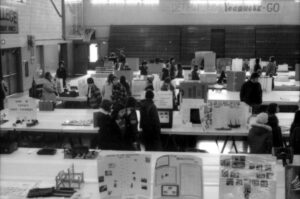
1976 Exhibit Hall
With the OHD fiftieth anniversary festivities the connection between archivist and student is one worth celebrating. One former OHD kid, Stacia Kuceyeski, who is now the Chief Operating Officer at the Ohio History Connection, explains that “helping an Ohio History Day student navigate the world of primary sources and archives is an important role for archivists and librarians, but their impact goes beyond that. They have an important role in the Ohio History Day process, because in many instances a student’s first engagement with an archive or their local history department in their local library is with their Ohio History Day project. That initial experience is something that can ignite not just a love of the past, but a love of sharing that past in the present. Working with an archival professional who is excited about their project is a great feeling for a student because that archival professional is another adult who is validating their great work, which can be an important boost for a student’s confidence.”

